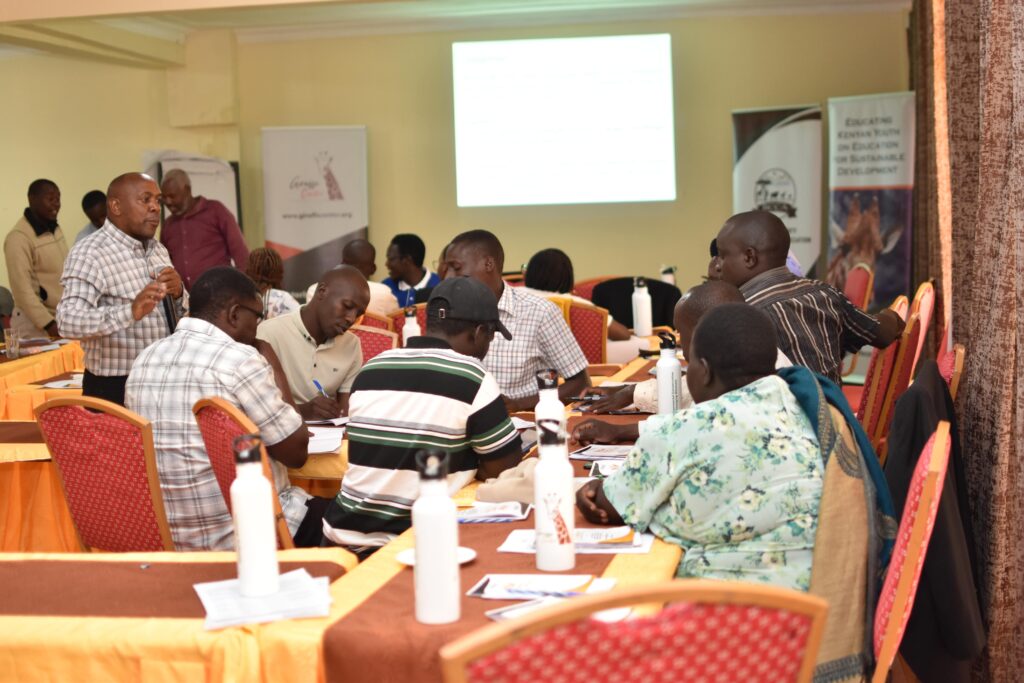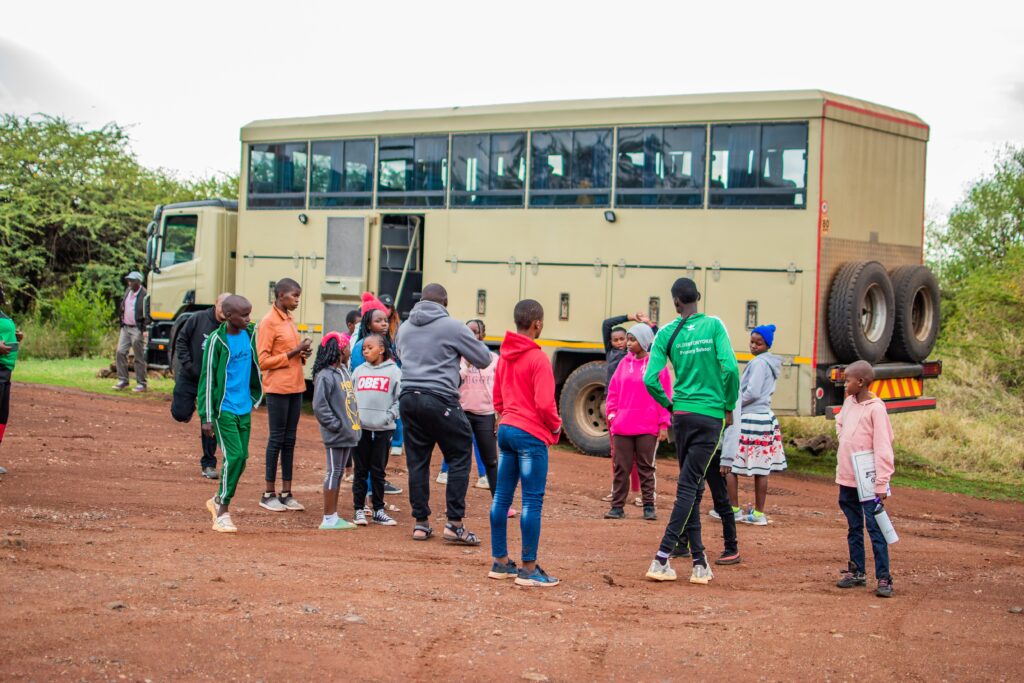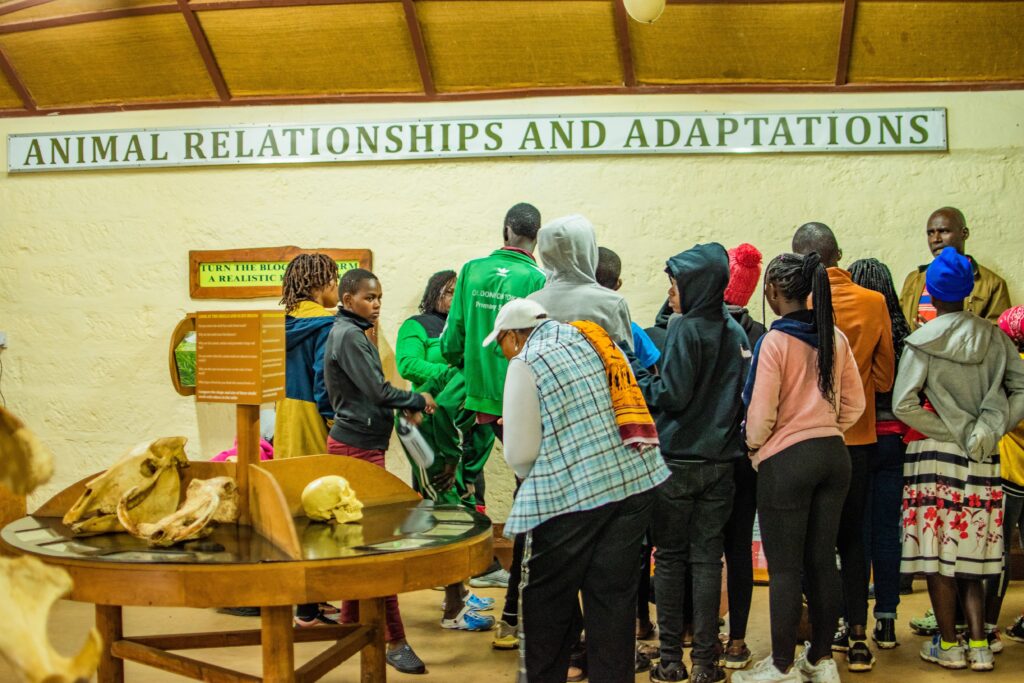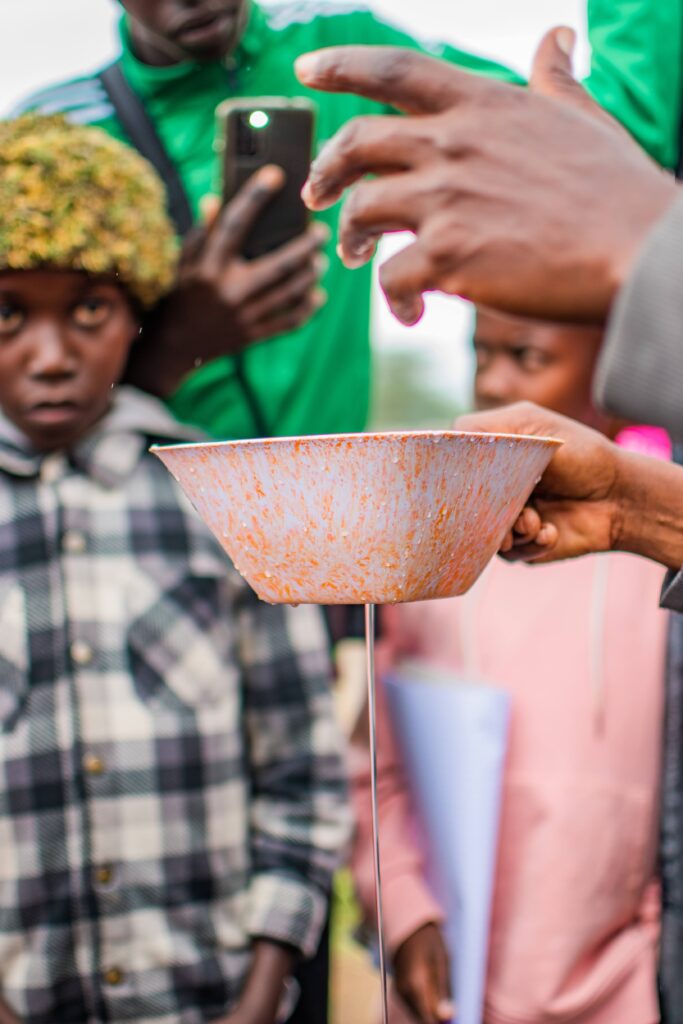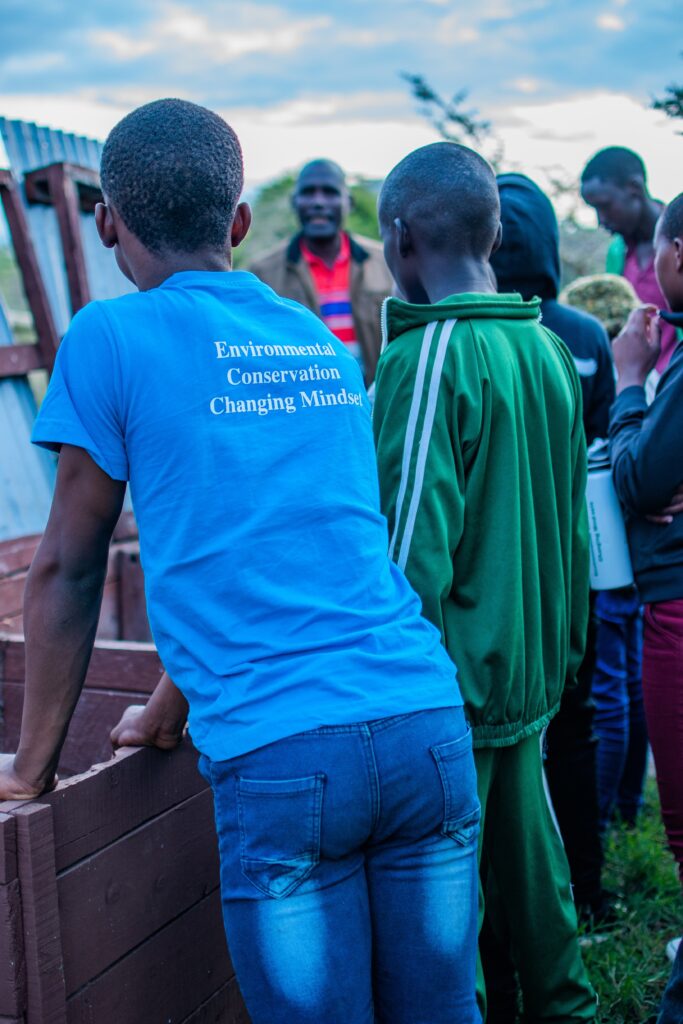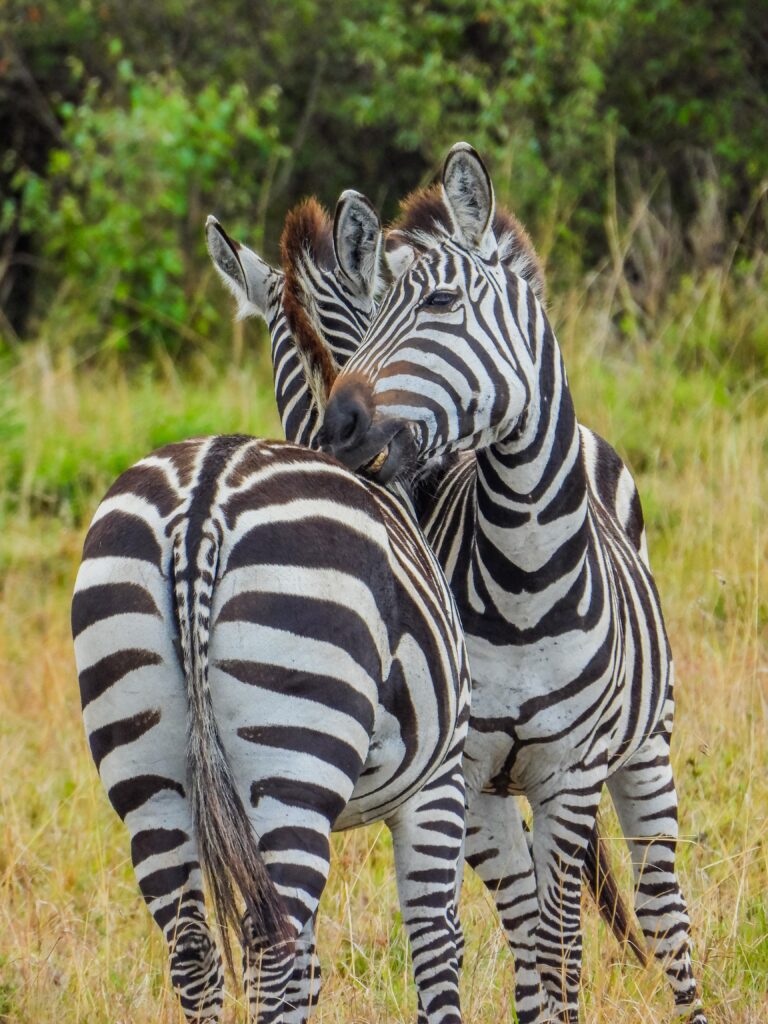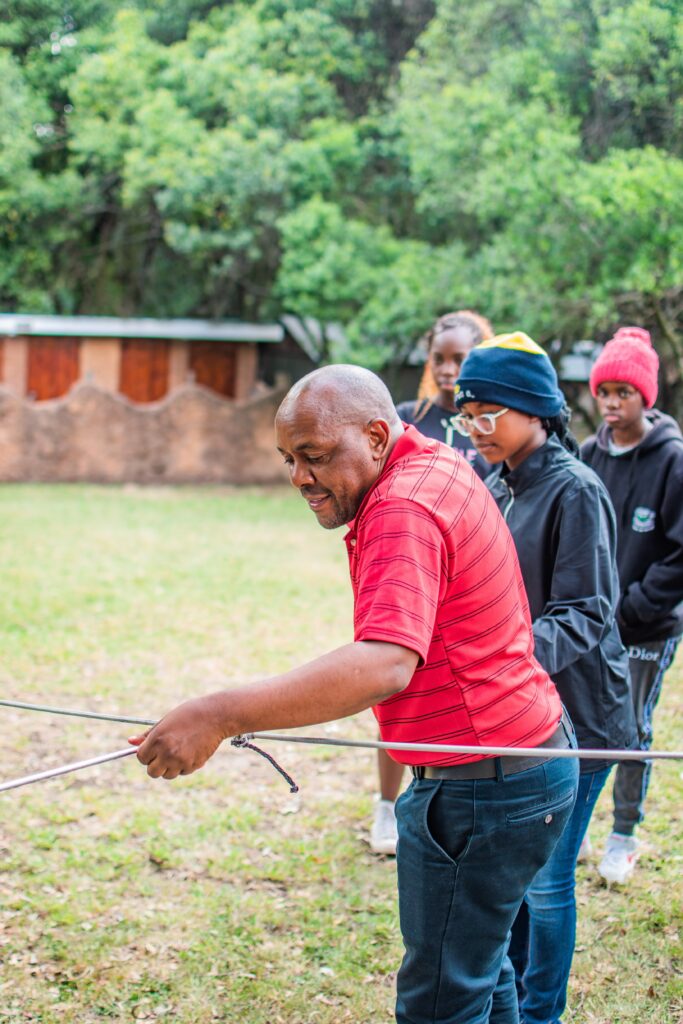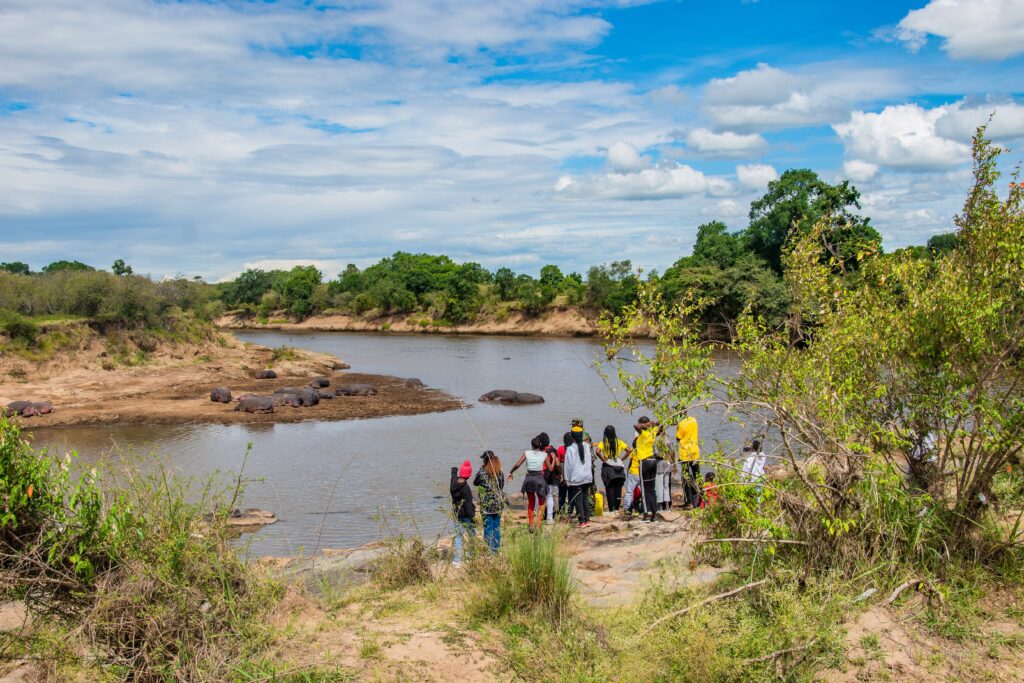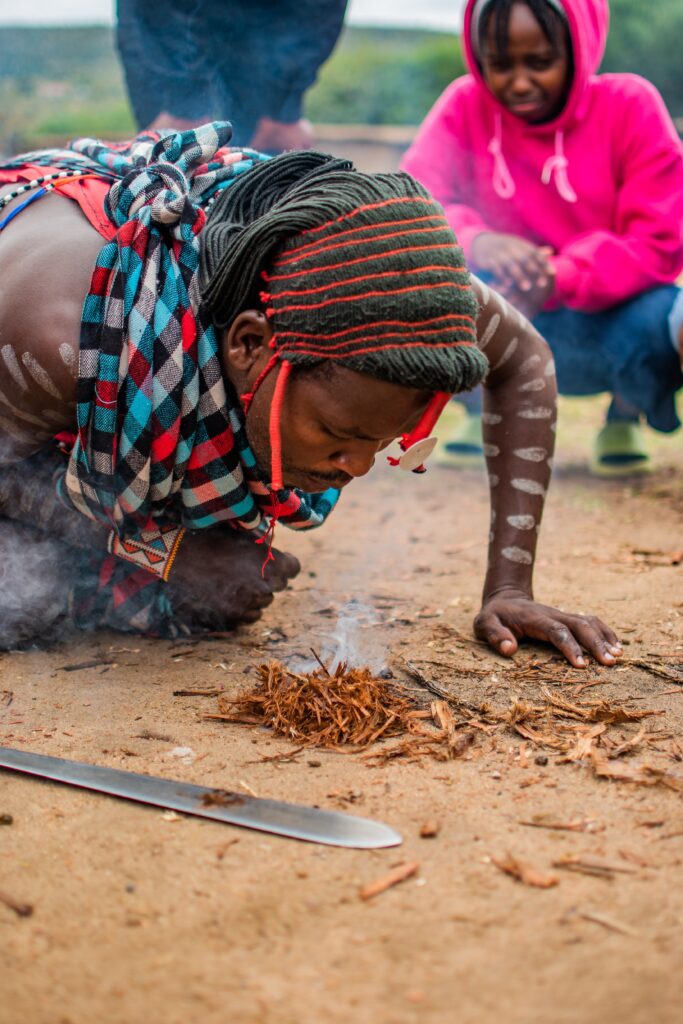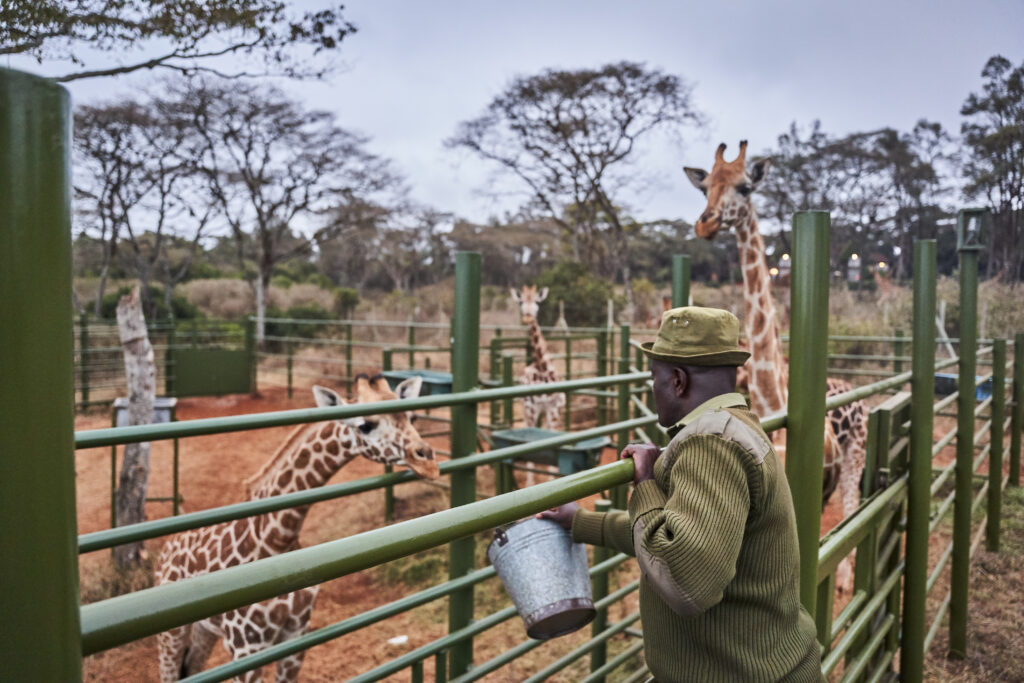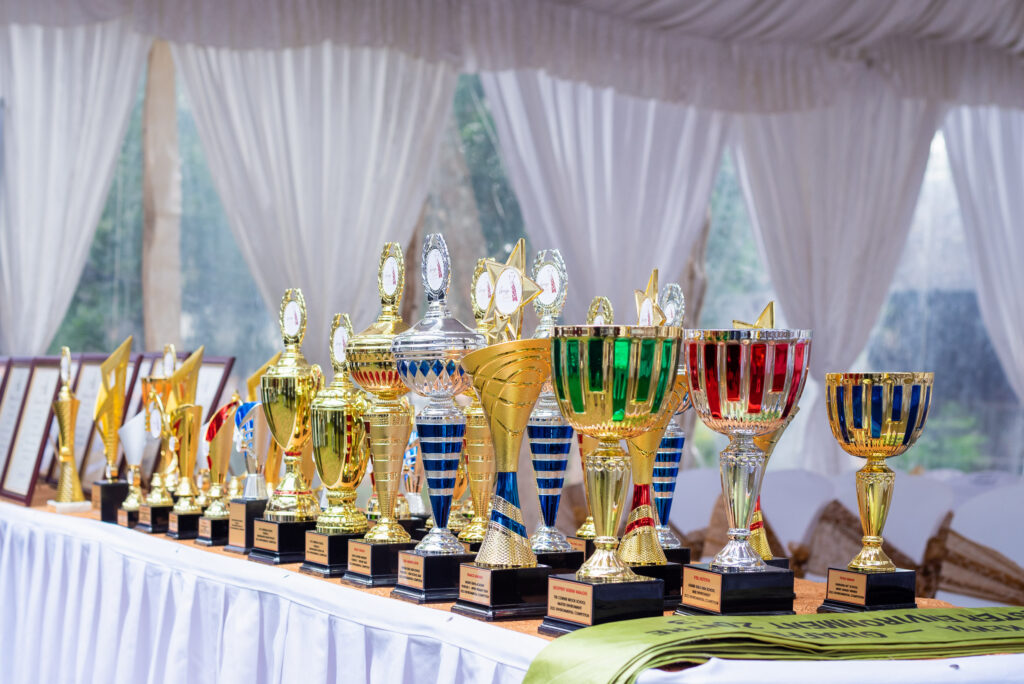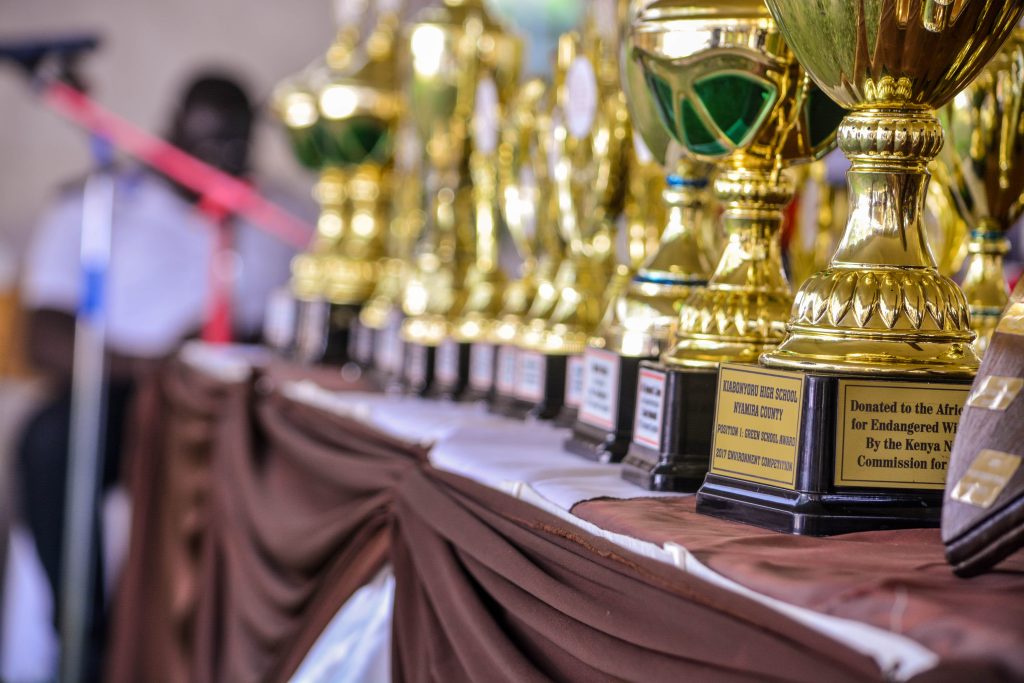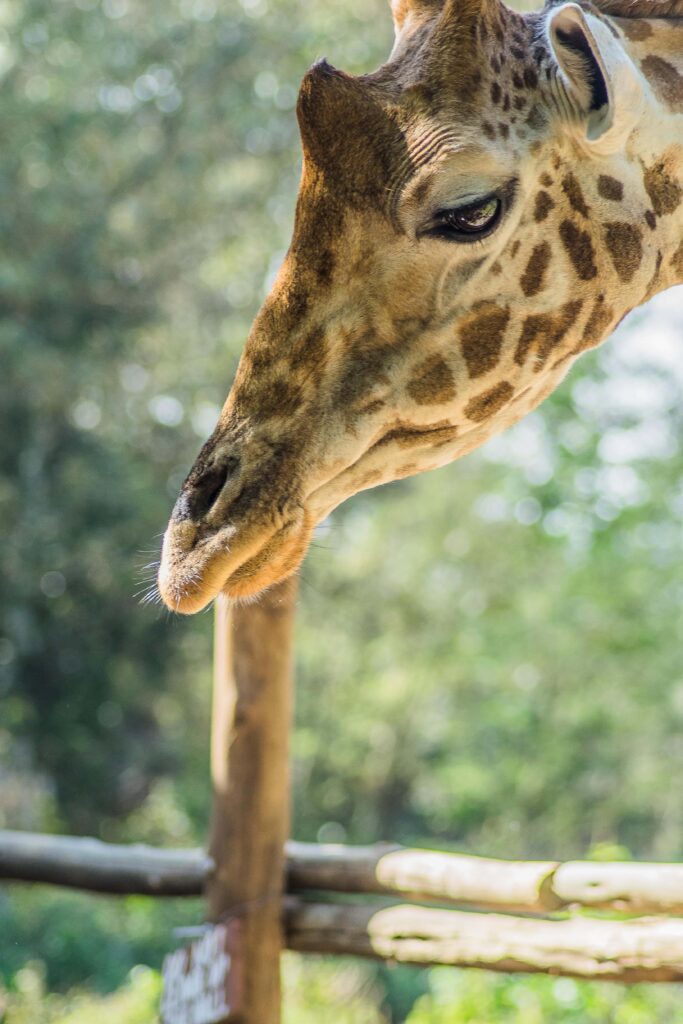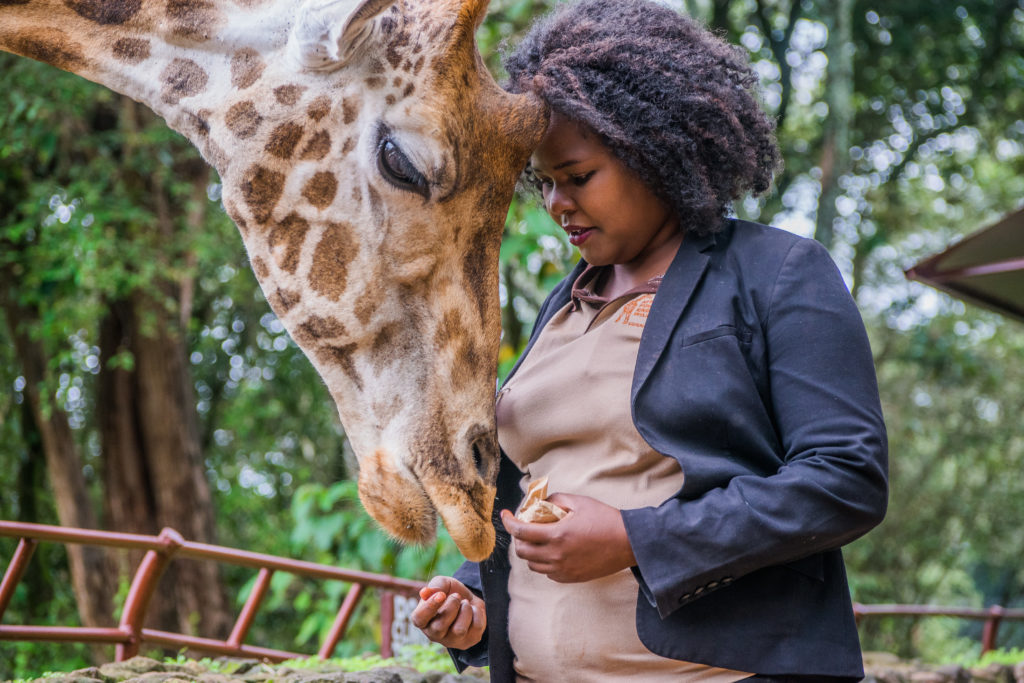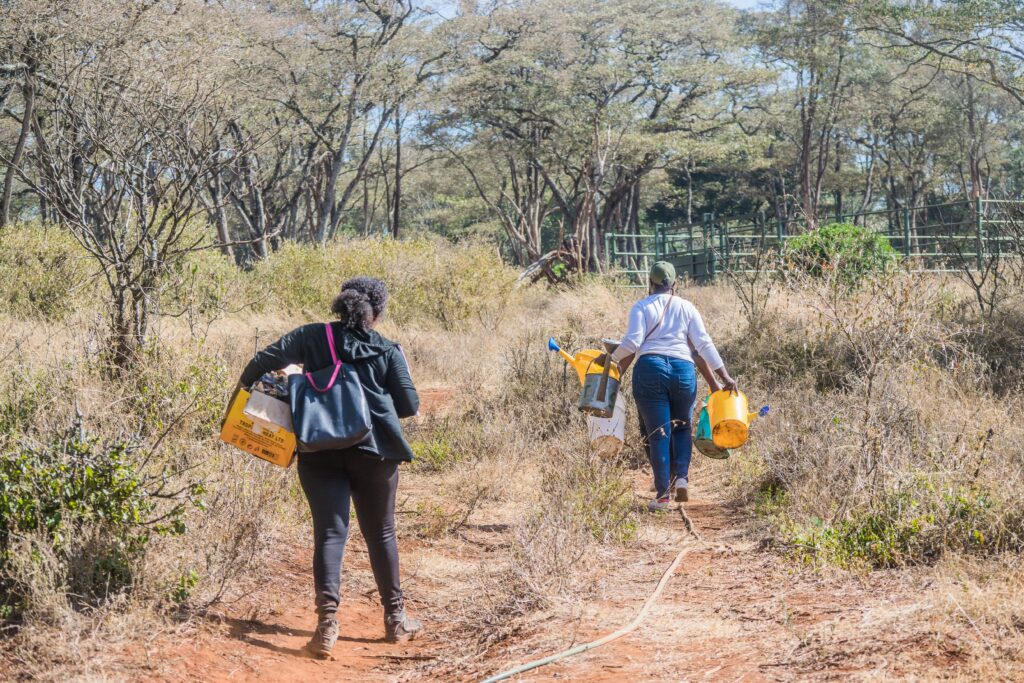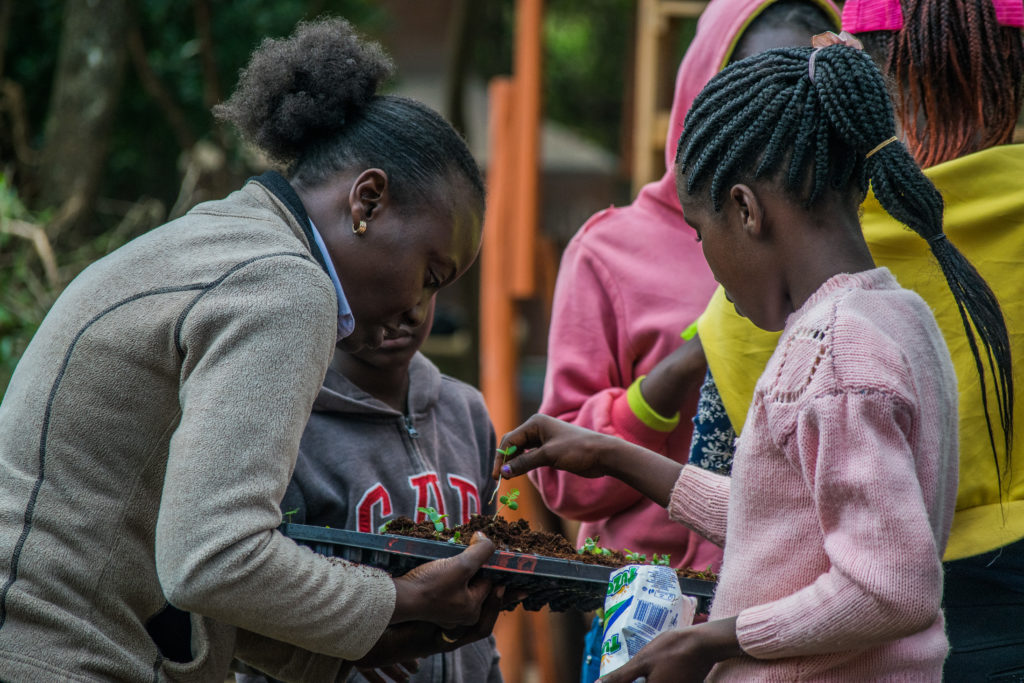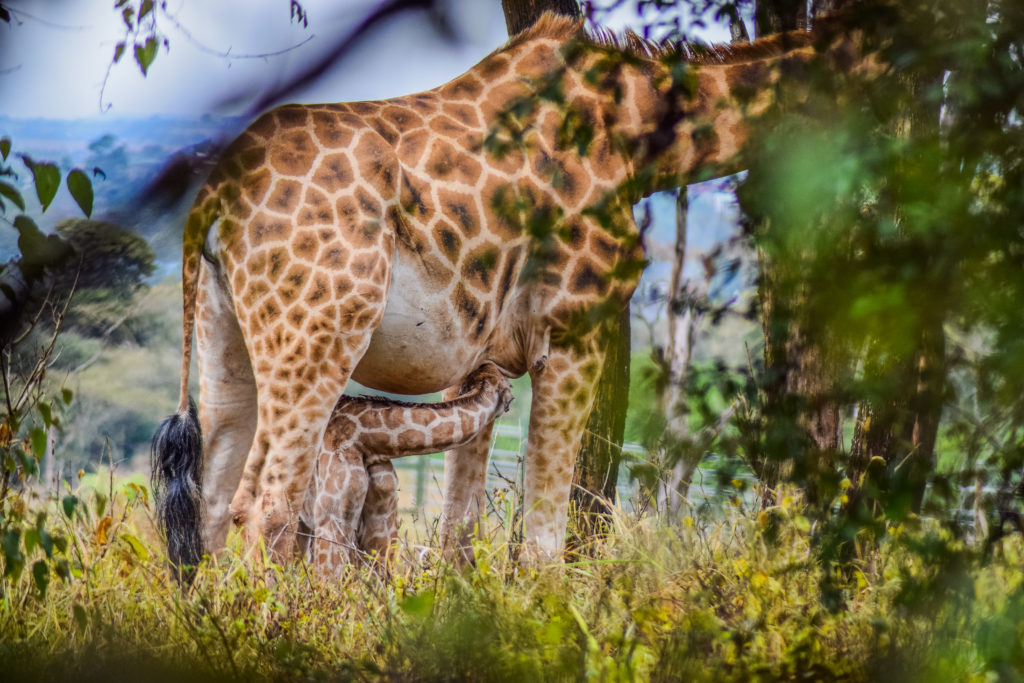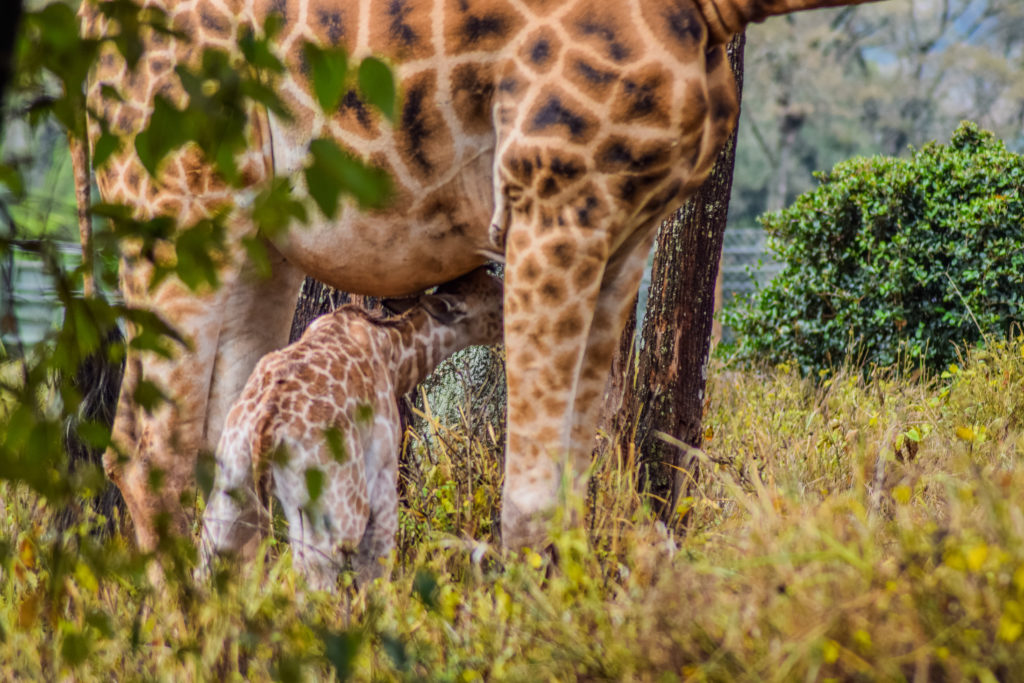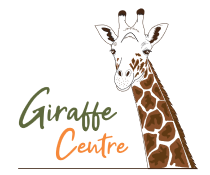We’ve been on a thrilling journey, partnering with school stakeholders to ignite a passion for environmental conservation! From taking students on exhilarating ecology trips to empowering teachers with cutting-edge training on sustainable development, and even equipping school administrators with the tools to manage long-lasting conservation projects, it’s been an incredible adventure. The results have been truly inspiring, showing the power of collaboration and the eagerness of these communities to protect our planet.
Our mission to shift perspectives led us to Baringo County, a region renowned as the home of the Rothschild Giraffe. There, we focused on raising awareness and training communities about ESD, ensuring that the message reached those who live alongside these magnificent creatures.
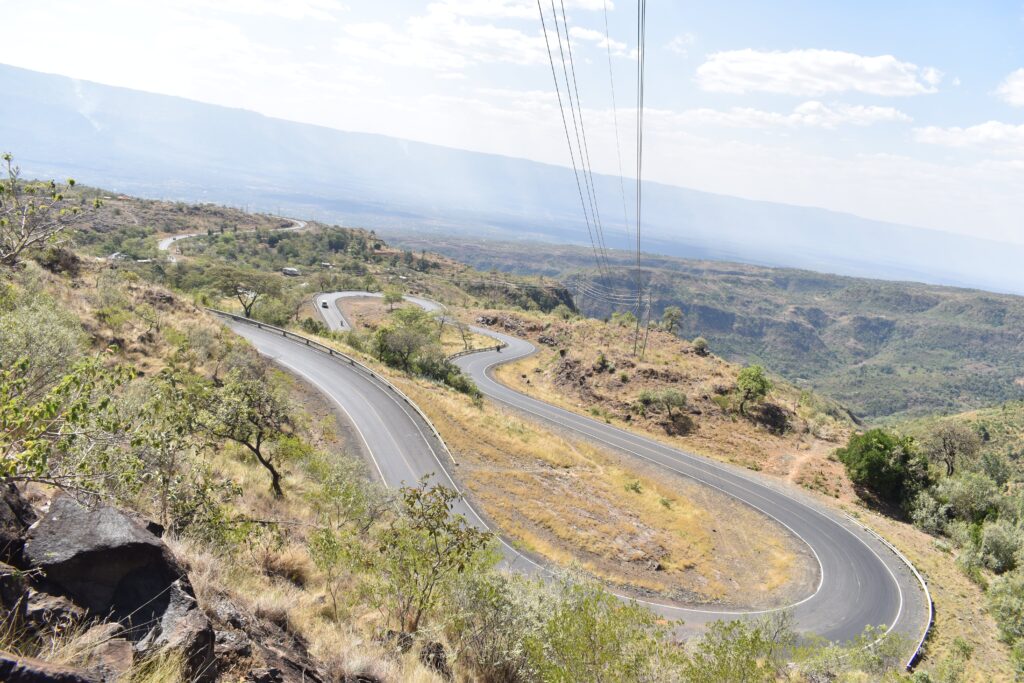
This workshop aimed to empower teachers in the region to become champions for their environment. The goal was to help them:
- Appreciate the rich biodiversity of their ecosystem.
- Understand the impact of climate change on Baringo County.
- Explore sustainable solutions to combat these effects.
The 60 participants left the workshop with a renewed appreciation for their environment and a toolbox of ideas to share with their students. They learned how to:
- Engage students in making their school environment more beautiful and profitable.
- Teach students about environmental stewardship and the importance of preserving their local ecosystem.
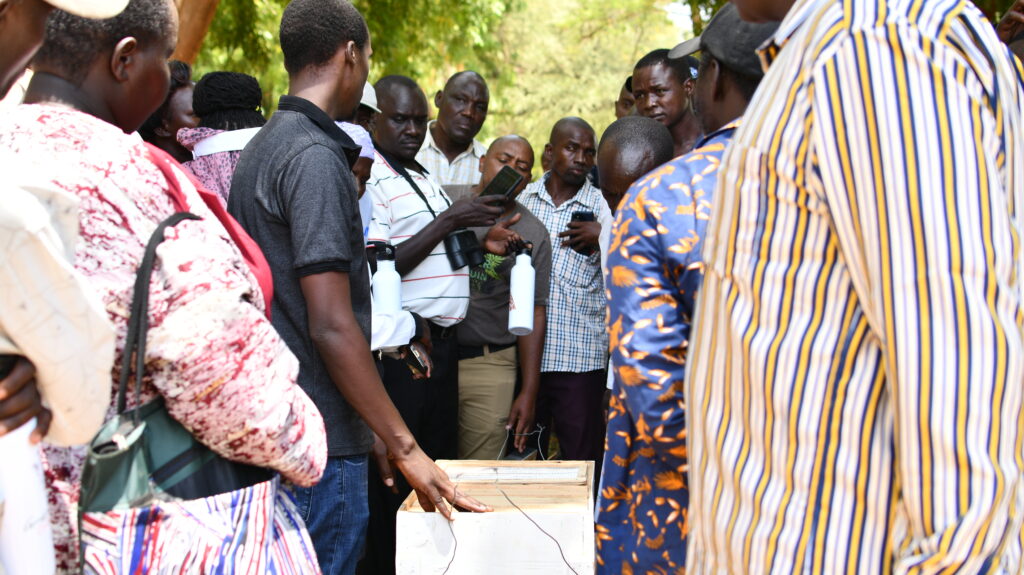
The workshop revealed a wealth of untapped potential within Baringo County. Participants discovered:
- A wealth of natural resources at their disposal.
- A deep cultural connection to nature, demonstrating the importance of environmental stewardship.
- The power of teachers to advocate for resources and support from county authorities.
This realization ignited a sense of hope and empowerment among the teachers. They now see themselves as not only educators, but also as guardians of their local environment and agents of change within their community.
